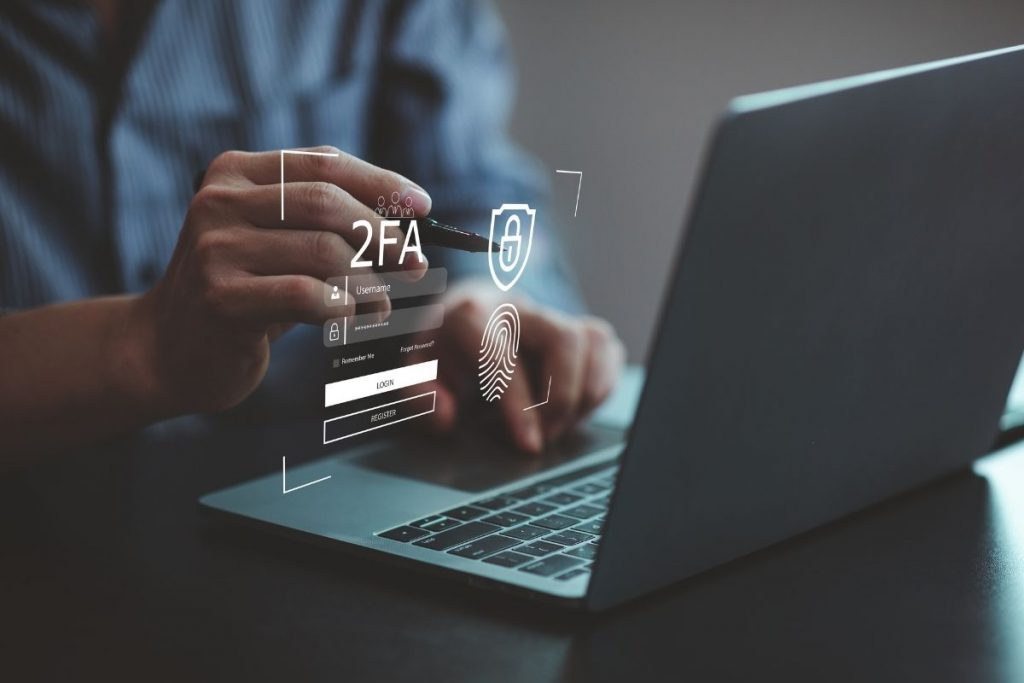Although we have woken up almost daily to new cases of customers’ information being exposed by cyber attackers all and all on the news so often enough that we no longer get freaked out or jump scared by it. This is because we are not the direct victims of the crime scene.
Many think they outsmart the hackers, but the staggering 1.5 billion records exposed through data breaches in just January 2020 alone would say otherwise.
Security plays a critical role in contributing product satisfaction to the profound foundation of your customer experience. Therefore, cybersecurity testing, a non-functional testing method that evaluates how the system behaves while dealing with unexpected occurrences, inputs, and impacts, has to be taken seriously in any SDLC to uncover any undermining vulnerabilities, risks, threats, and malfunctions existing within the system, product, or application itself.
In today’s blog, we’ll be going into detail on the Quality Assurance best practices that companies are carrying out in their mobile app cybersecurity testing process.
Mobile cybersecurity threats closeup
Mobile apps have been downloaded and are constantly used daily across multiple devices. In 2020, there were over 218 billion mobile downloaded apps, which will continue soaring up to 258 billion by the end of this year. There are apps for just about everything: from shopping, news, banking, games, health, e-learning, music, horoscopes, diet, habit trackers, birth control, and literally anything you might be able to think of.
For those apps, what kind of permissions have you granted them? Permission to access your photos, cameras, contacts, social accounts, files, locations, etc.? Or do you just casually allow them all? Things can get tricky and creepy from here onward. The app can now track your home, work, and school address, know your food preferences, music preferences, who you are talking to, what kind of files you are storing on your phones, your browser history, etc. Strangers can show up on your front porch. Weird delivery packages are getting sent to your workplace or home, and receiving calls to pay for outstanding parcels that you never order? Are you getting the chill yet? Because we are!
These scenarios are not imaginary; it’s happening to plenty of people worldwide. 2,4 million scam reports were submitted last year; consumers ended up costing $8,8 billion over fraud. On average, 1 in 10 adults is a victim to scam or fraud daily in the US. Research indicates that cyberattacks occur every 39 seconds in the United States alone. These hackers are getting faster in terms of speed and scale. Here are a few vulnerability loopholes that they are often targeting:
Unsecured database
When software retains a substantial volume of personal data without implementing adequate cybersecurity measures, the information can be transmitted to remote servers by the apps, which hackers can intercept. This can lead to a highly unfavorable outcome.
Unauthorized access
If developers depend on conventional encryption methods without fortifying or altering them, it can result in weakened and vulnerable algorithms, providing fraudsters with unauthorized access to user information.
Session handling issues
It arises when the app permits customers to carry out transactions without logging in or undergoing authentication.
Reverse engineering
Employed by attackers to comprehend the algorithms and structure of an app, from there developing a malware program that mimics its genuine functions. Ultimately, this aids them in gaining access to the backend servers.
Client-side injection
Cybercriminals propagate defective code or distribute infected links to end users, enabling them to exploit certain software functionalities.
Four best practices for Mobile apps security Testing
What to better understand the ongoing circumstances that your end-user is encountering than to be in their shoes? From their perspective, developing a cybersecurity strategy to help them avoid those suspicious glitches and excessive warnings while staying safe and sound should be easier.
Check out these spectacular software quality testing activities that would help explore security breaches and steer clear of unexpected vulnerabilities at stake.
Penetration testing implementation
Typically, an application penetration testing progress would involve the following steps:
- Understanding the app structure: try to acquire all comprehensive information regarding software, including its IT product architecture, source code, and functionalities.
- Application security assessment: software quality tester employ two methods, namely static analysis (evaluating the source code without installation) and dynamic analysis (downloading the app), to determine any vulnerabilities occurring within the IT solution.
- Exploit weaknesses: Ethical hackers replicate cyberattacks to observe the system’s response, identify vulnerabilities, and gain complete control over the software.
- Document findings: The team generates a detailed report outlining the discovered breaches, potential security risks, and recommendations for addressing any identified weaknesses.
Patching software regularly
Whenever detecting a new vulnerability exists, developing a patch for the application to address any shortcomings should be lined up as routine work. This dedicated task enhances app performance and enables the incorporation of functional changes when necessary. Through diligent testing, businesses can patch up all untreated critical security holes to stay safe and secure.
Adopting a DevSecOps approach
DevSecOps practices help tremendously in accelerating development cycles, enabling swift identification and resolution of defects, minimizing vulnerability risks, and certain that software incorporates embedded cybersecurity right from the early stages of the SDLC.
From project initiation, DevSecOps facilitates proactive consideration of potential security risks, preventing critical issues during the development phase and reducing the need for subsequent costly Quality Assurance fixes. Moreover, it offers robust protection for IT solutions while expediting their time-to-market delivery.
Performing pre-certification testing
Companies implement pre-certification testing to comply with industry-specific and international regulations such as HIPAA for eHealth, PCI DSS for eCommerce and BFSI, 3GPP for telecom, and other relevant standards. This type of testing is intended to eliminate any discrepancies in the software with regard to global standards for quality, cybersecurity, and data privacy. It strives to identify critical software issues, address them, and obtain certification for the product.
Businesses, therefore, need to carry out four fundamental steps below of pre-certification testing to comply with the current regulations:
- Analyzing technical requirements: evaluating the particulars of an IT solution to ascertain the fundamental criteria for compliance.
- Designing tests: determining the scope of quality assurance activities, selecting appropriate tools and best practices, and formulating test cases.
- Executing tests: executing diverse scenarios to identify potential vulnerabilities.
- Reporting: recording the outcomes and delineating areas of non-compliance.
Closing remark
Performing comprehensive cybersecurity testing significantly facilitates the protection of end-user personal data and serves as an effective deterrent against system breaches. When formulating a robust software testing and quality assurance strategy, we highly recommend incorporating four essential cybersecurity best practices, including conducting penetration testing, applying regular patch updates, implementing pre-certification testing, and adopting DevSecOps methodologies. By adhering to these practices, organizations can proactively safeguard sensitive information, minimize vulnerabilities, and fortify their overall security posture.
However, if you are not confident doing it yourself, let the expert – SHIFT ASIA, one of the leading software quality assurance companies with extensive years in providing IT solutions to partners worldwide, take the lead. With multi-lingual and ISTQB-certified experts on the team and the latest cutting-edge quality assurance methodologies, SHIFT ASIA aims to deliver the most sustainable and hassle-free solutions to every client in achieving their project goals and missions. Contact SHIFT ASIA today to seek consultation from the experts!
ContactContact
Stay in touch with Us





